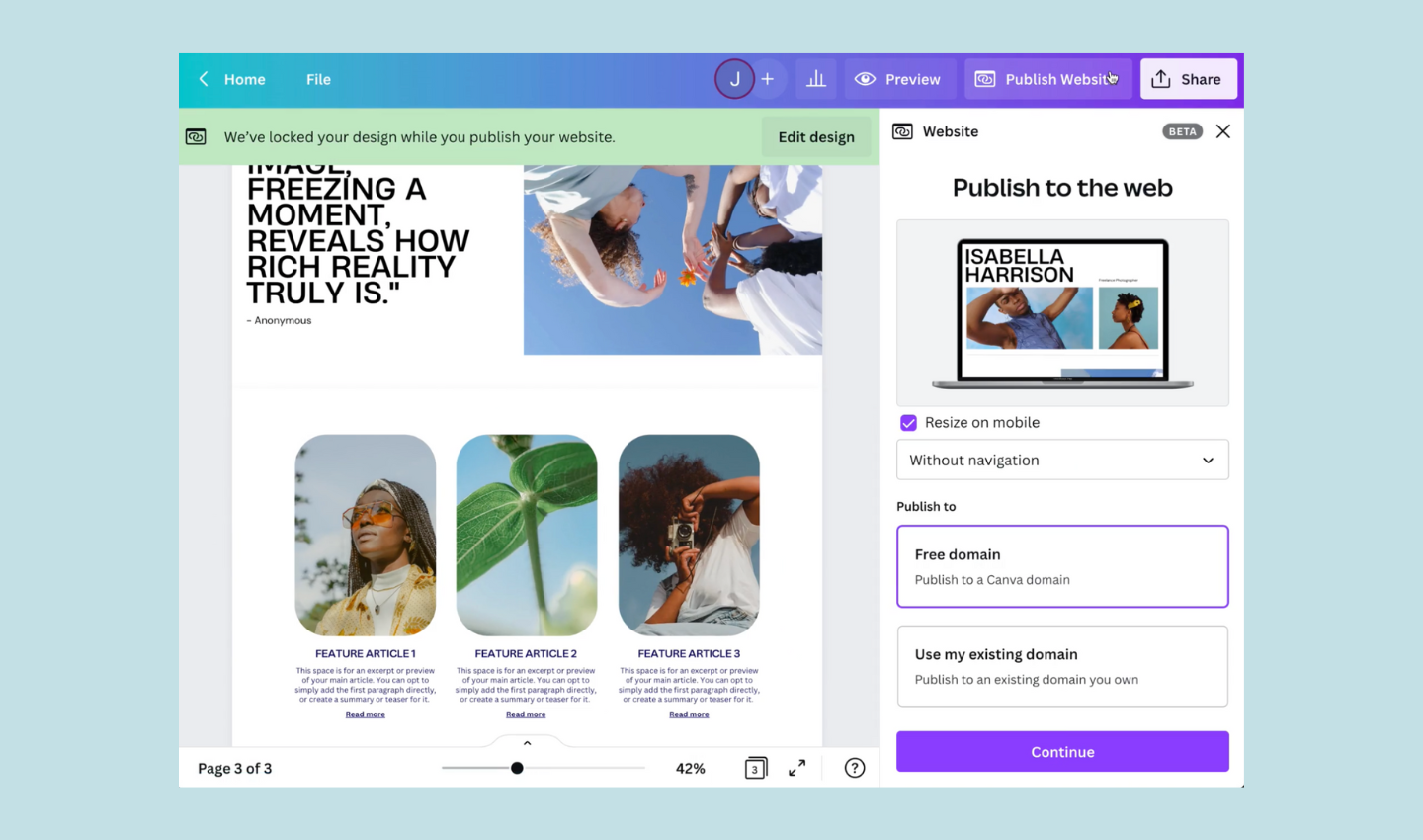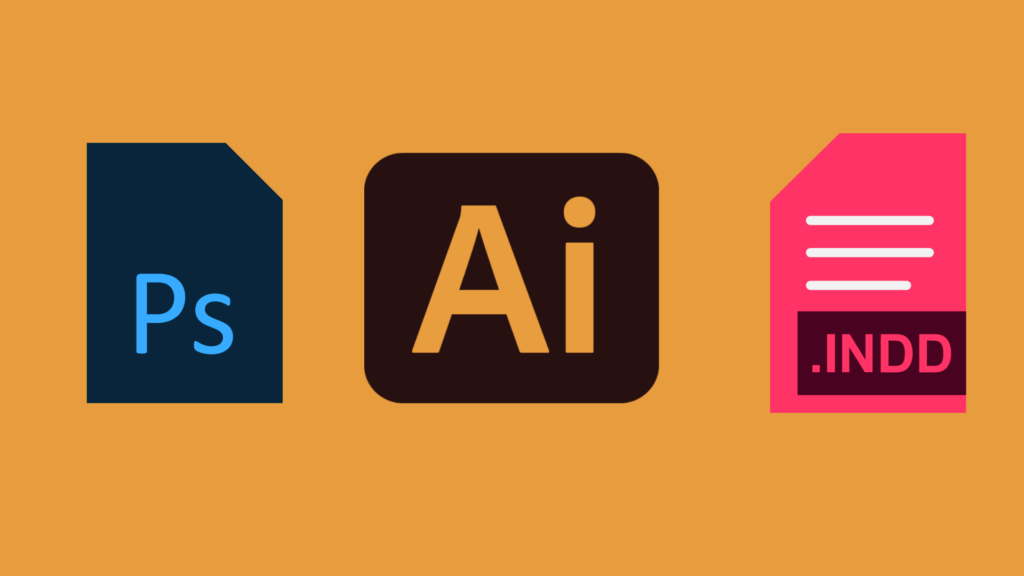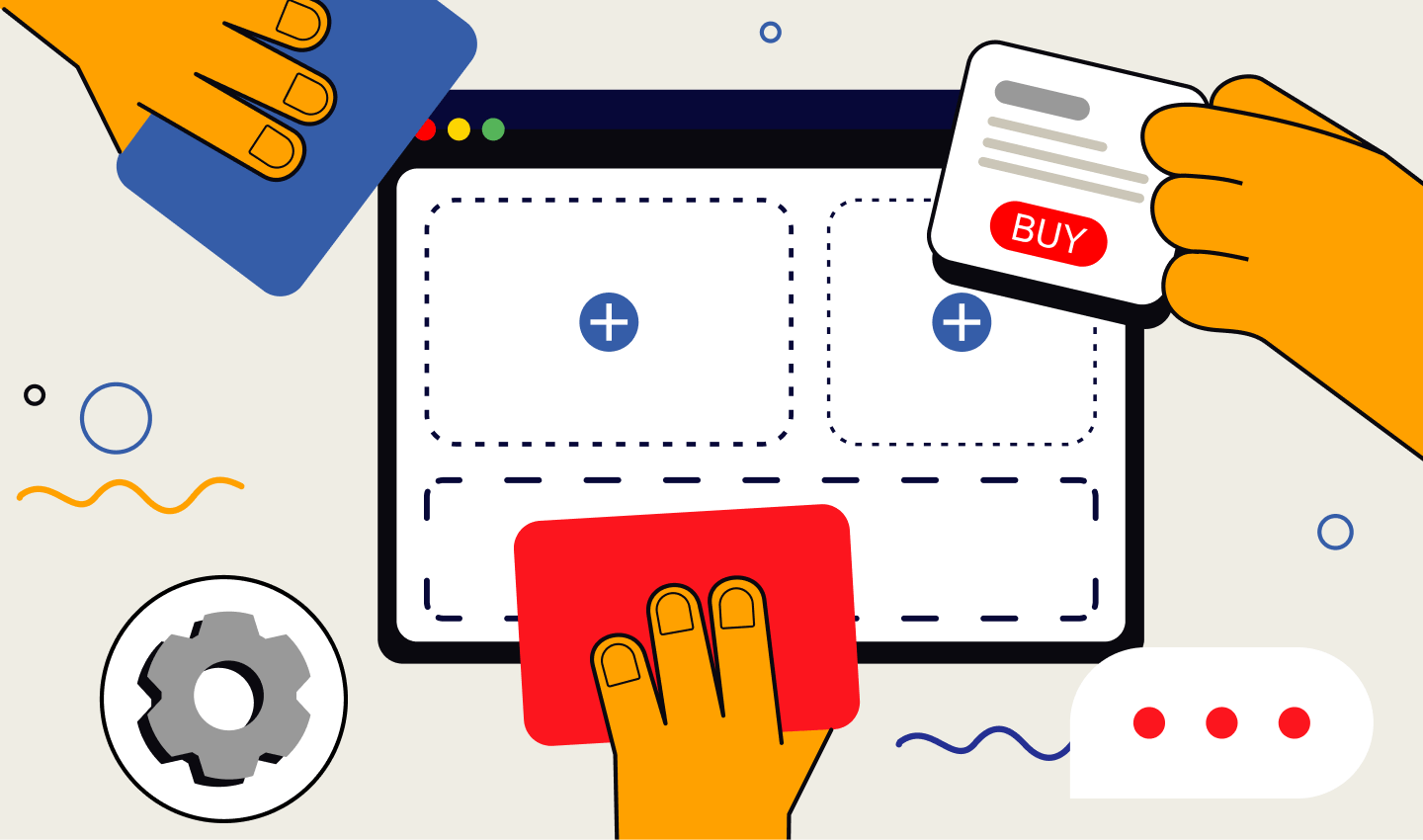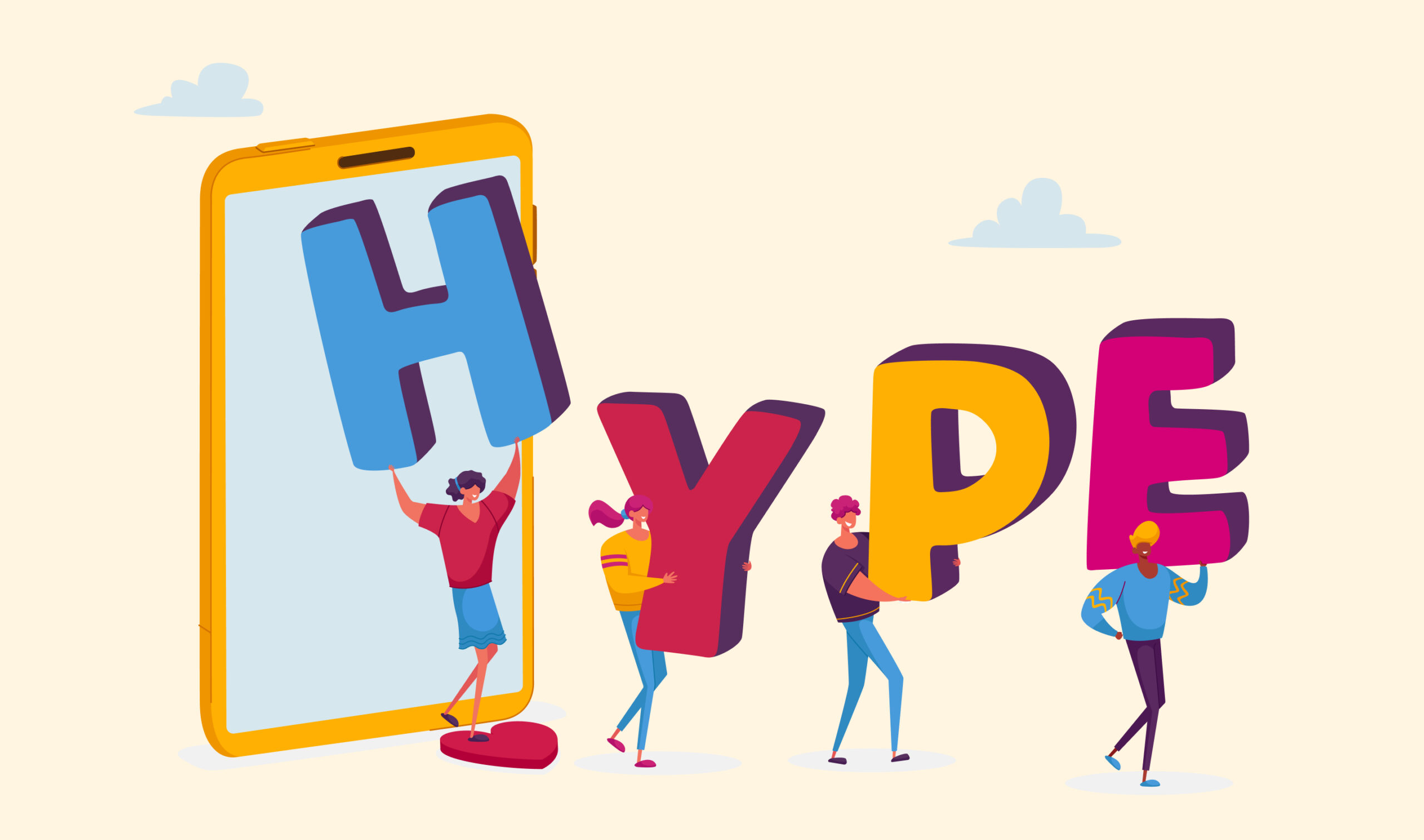
Canva: From Design Dilemma to User-Friendly Design
Canva has become a household name for a reason. This online design platform has democratized graphic design, making it accessible to anyone with an internet connection and a creative spark. Unlike traditional design software that can be complex and intimidating, Canva boasts a user-friendly interface that lets you ditch the jargon and focus on bringing your ideas to life.
Canva’s success lies in its core philosophy: design for everyone. By prioritizing ease-of-use and offering a treasure trove of design elements, Canva has empowered a new generation of creators, from social media enthusiasts to small business owners and students. So, ditch the steep learning curve and get ready to unleash your inner designer – it’s all about clicking, dragging, and creating.
As we delve deeper into Canva’s journey, we’ll explore the challenges it sought to address, the inspiration behind its creation, and the impact it has had on the design industry as a whole. Join us as we unravel the user-friendly design revolution of Canva and its transformative effects on creativity and accessibility.
Table of Contents
II. Identifying the Problem

Before Canva emerged on the scene, the design software landscape was dominated by complex, professional-grade tools that catered primarily to skilled designers and professionals. Programs like Adobe Photoshop, Illustrator, and InDesign reigned supreme, offering powerful features and extensive capabilities but also presenting significant barriers to entry for novice and casual users.
These traditional design tools required a steep learning curve, often necessitating formal training or extensive self-learning to master. Their interfaces were cluttered with a plethora of tools and options, making navigation daunting for beginners. Moreover, the cost of licensing these software packages was prohibitive for many individuals and small businesses, further limiting access to professional-quality design tools.
Challenges Faced by Users Before Canva
Novice designers and casual users faced numerous challenges when attempting to navigate traditional design software:
- Complexity
The interfaces of traditional design tools were overwhelming, with an abundance of menus, panels, and options that could be intimidating to newcomers. Understanding the functionality and workflow of these tools required a significant investment of time and effort.
- Steep Learning Curve
Learning to use programs like Photoshop or Illustrator effectively was no small feat. Mastery of intricate features and techniques often took years of practice, discouraging beginners from pursuing their creative aspirations.
- High Cost
Professional-grade design software came with a hefty price tag, making them inaccessible to individuals and businesses operating on limited budgets. This financial barrier further hindered the ability of aspiring designers to hone their skills and produce high-quality visual content.
- Limited Templates and Resources
While traditional design tools offered extensive customization options, they lacked the convenience of pre-made templates and design elements. Users were often required to source their own assets or create designs from scratch, adding to the time and effort required to complete projects.
- Compatibility Issues
Collaborating on design projects could be challenging due to compatibility issues between different software versions and file formats. This fragmented workflow often resulted in delays and communication breakdowns, particularly in team settings.
III. Birth of a Solution
Canva was founded in 2012 by a trio of visionary entrepreneurs: Melanie Perkins, Cliff Obrecht, and Cameron Adams. Their journey began with a shared passion for empowering individuals to unleash their creativity through technology. Melanie Perkins, the driving force behind Canva, had previously co-founded an online platform for designing school yearbooks. It was during this venture that she recognized the untapped potential for democratizing design on a much larger scale.
The inspiration for Canva stemmed from Perkins’ frustration with the cumbersome nature of traditional design software and her belief that technology could be leveraged to make design accessible to everyone. Alongside Obrecht and Adams, Perkins embarked on a mission to revolutionize the way people approach graphic design, with a vision of empowering individuals, regardless of their background or expertise, to create visually compelling content.
The Core Idea behind Creating a User-Friendly Platform
At the heart of Canva’s inception was the recognition that existing design tools were failing to address the needs of a vast segment of potential users. Traditional software, with its steep learning curves and complex interfaces, was alienating novices and casual users, hindering their ability to express themselves creatively. Perkins and her co-founders saw an opportunity to disrupt the status quo by developing a platform that prioritized simplicity, accessibility, and empowerment.
The core idea behind Canva was to create a user-friendly design solution that would democratize the creative process, allowing anyone, regardless of skill level, to produce professional-quality visual content effortlessly. Rather than replicating the feature-rich complexity of existing design software, Canva aimed to streamline the design process by offering an intuitive interface, pre-made templates, and a vast library of design elements.
By focusing on usability and accessibility, Canva sought to break down the barriers that had traditionally prevented individuals from engaging with design. The platform’s drag-and-drop interface, coupled with a diverse range of templates and tools, was designed to empower users to bring their ideas to life without the need for extensive training or expertise. In essence, Canva aimed to democratize design by putting the power of creation into the hands of millions worldwide.
With this bold vision guiding their efforts, the founders of Canva set out to build a platform that would redefine the way people interact with design, paving the way for a new era of creativity and innovation.
IV. Building a User-Friendly Experience
Key Features of Canva That Contribute to Its Ease of Use
Canva’s success as a user-friendly design platform can be attributed to a combination of intuitive features and streamlined functionality. Here are some key elements that contribute to its ease of use:
Drag-and-Drop Interface
Canva’s intuitive drag-and-drop interface allows users to effortlessly manipulate design elements, such as text, images, and shapes, by simply clicking and dragging them across the canvas. This intuitive workflow eliminates the need for complex tools or commands, making it easy for users to create layouts and compositions.
Pre-Made Templates
Canva offers a vast library of professionally designed templates for various purposes, including social media graphics, presentations, posters, flyers, and more. These templates serve as starting points for users, providing them with customizable layouts and design elements that they can personalize to suit their needs.
Customizable Design Elements
In addition to templates, Canva provides users with a diverse range of design elements, including images, icons, illustrations, and fonts. Users can easily customize these elements to match their brand identity or creative vision, adjusting colors, sizes, and styles with just a few clicks.
Collaboration Tools
Canva’s collaboration features enable users to work together on design projects in real-time, regardless of their location. Teams can share access to designs, leave comments, and track changes, facilitating seamless collaboration and communication.
Built-In Tools and Effects
Canva offers a variety of built-in tools and effects that allow users to enhance their designs without the need for external software. From photo editing and cropping tools to filters and effects, Canva provides users with everything they need to create professional-quality visuals.
Importance of Design Elements and Templates
Design elements and templates play a crucial role in Canva’s user-friendly experience by providing users with a starting point and inspiration for their projects. Here’s why they’re essential:
- Time-Saving: Pre-made templates save users time and effort by providing them with ready-to-use layouts and design elements. Instead of starting from scratch, users can choose a template that matches their needs and customize it to create a unique design in minutes.
- Consistency: Templates help maintain consistency across designs by providing users with standardized layouts and design elements. This ensures that branding guidelines are adhered to and that designs maintain a cohesive look and feel.
- Inspiration: Templates serve as a source of inspiration for users, helping them generate ideas and explore different design styles and concepts. By browsing through Canva’s extensive library of templates, users can discover new trends, techniques, and creative approaches to design.
- Accessibility: Templates make design accessible to users of all skill levels by providing them with professionally designed starting points that they can customize to suit their needs. Whether they’re creating a social media post, presentation, or flyer, users can find a template that meets their requirements and customize it with ease.
The combination of these features ensures that Canva remains accessible and user-friendly for individuals of all skill levels. By prioritizing simplicity and providing users with the tools they need to succeed, Canva has transformed the way people approach graphic design, making it easier and more enjoyable than ever before.
V. Marketing and Growth
Canva’s remarkable growth and widespread adoption can be attributed in part to its savvy marketing strategies, which leverage a combination of search engine optimization (SEO) and social media marketing. Here’s how Canva has successfully marketed itself to become a household name in the design industry:
Canva has invested heavily in SEO, optimizing its website and content to rank prominently in search engine results for relevant keywords. By ensuring that its platform is easily discoverable through search engines like Google, Canva has attracted a steady stream of organic traffic from users seeking design solutions.
Social media has played a pivotal role in Canva’s marketing efforts, allowing the platform to reach and engage with millions of users worldwide. Canva maintains an active presence on popular social media platforms such as Facebook, Instagram, Twitter, and LinkedIn, where it shares user-generated content, design tips, and platform updates. This engagement helps Canva foster a sense of community among its users while also attracting new users through word-of-mouth referrals and viral content.
Canva’s user base has experienced exponential growth since its inception, with millions of individuals and businesses around the world relying on the platform for their design needs. As of 2024, Canva boasts a user base of over 100 million, a testament to its widespread appeal and accessibility.
In terms of valuation, Canva’s success and potential for future growth have attracted significant investment from venture capital firms and investors. While precise valuation figures may vary, Canva’s latest funding rounds have reportedly valued the company at over $40 billion, underscoring its status as a design industry powerhouse.
VI. Conclusion
Canva’s journey from its inception in 2012 to its current status as a design industry powerhouse has been nothing short of remarkable. Founded with a vision to democratize design and make it accessible to everyone, Canva has revolutionized the way people approach graphic design with its user-friendly platform and innovative features.
By prioritizing simplicity, accessibility, and empowerment, Canva has transformed the once-complex process of creating visual content into a seamless and enjoyable experience for users of all skill levels. Its intuitive interface, vast library of design elements, and pre-made templates have empowered millions of individuals and businesses worldwide to unleash their creativity and share their message with the world.
Canva’s impact on the design industry cannot be overstated. It has shattered the traditional barriers to entry, opening up new avenues for expression and innovation. With its user-centric approach and commitment to making design accessible to all, Canva has democratized creativity, empowering individuals to bring their ideas to life like never before.
At its core, Canva’s success underscores the importance of user-centric design in driving innovation and fostering inclusivity. By placing the needs and preferences of users at the forefront of its development process, Canva has created a platform that resonates with individuals from diverse backgrounds and skill levels. In doing so, it has not only redefined the way people interact with design but has also inspired a new generation of designers to pursue their creative passions with confidence.
As we look to the future, Canva’s journey serves as a testament to the transformative power of technology to democratize creativity and empower individuals to make their mark on the world. With its unwavering commitment to user-centric design and its dedication to making design accessible to all, Canva is poised to continue shaping the design industry for years to come, inspiring countless individuals to unleash their creative potential and share their vision with the world.
Take your company to the next level and get results with our world class user experience, interface design and implementation.
Get a FREE 30 min Strategy Session

Related posts
7 UX Tips for eCommerce to Increase Conversions
UX has a pivotal role to play in increasing revenue. It is usually an overlooked aspect of the checkout process, […]
Design Psychology: 4 Principles that Empower Designers – Part 3
This is part 3 of our 4-part series on basic design psychology, tackling design using senses (Sight and Touch). Check […]
7 UX Design Trends to Look Out For in 2023
2022 has ended and we are starting 2023 with brand new ideas and trends to look for. 2022 left us […]
Creative product design that gets results
Take your company to the next level with world class user experience and interface design.
get a free strategy session



